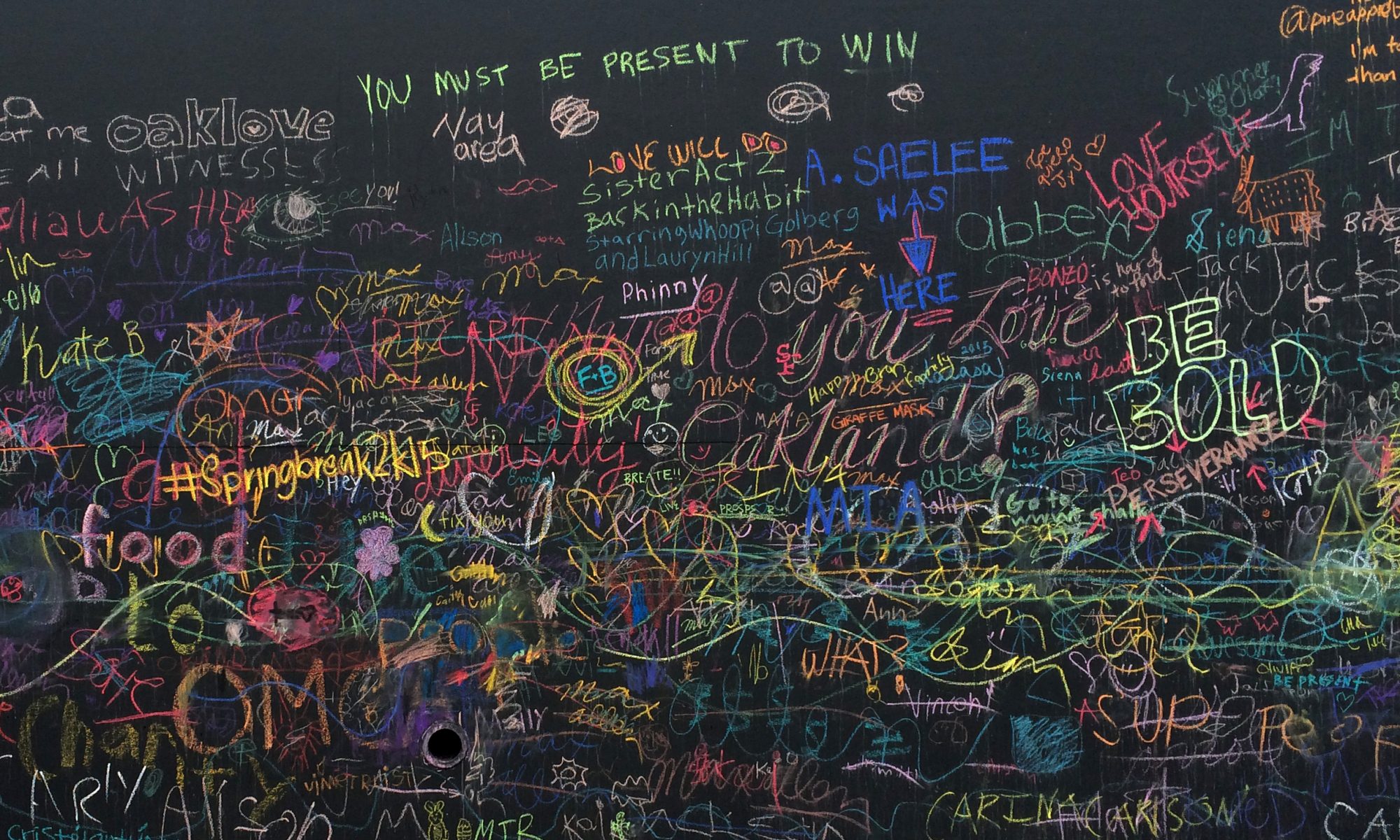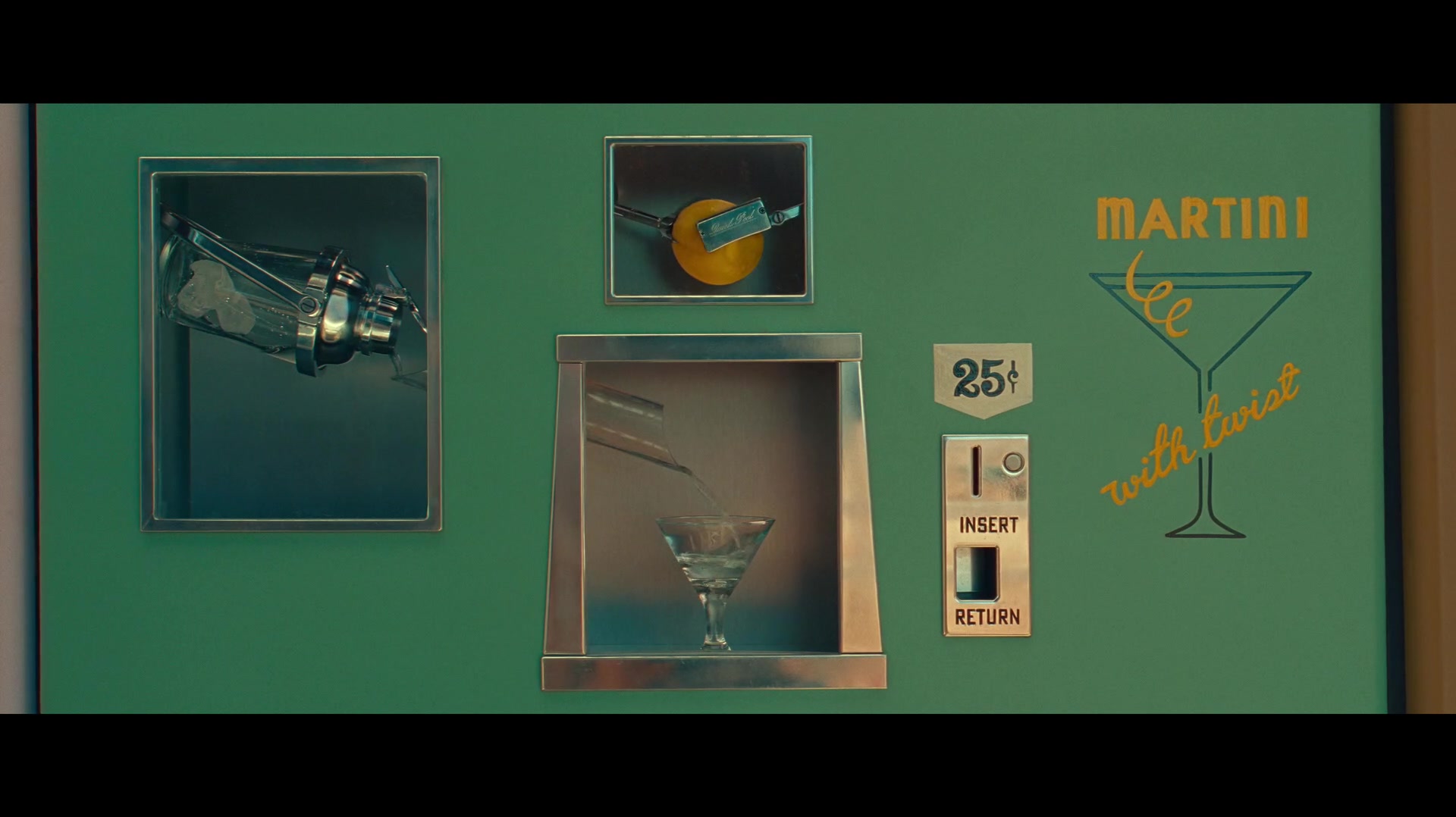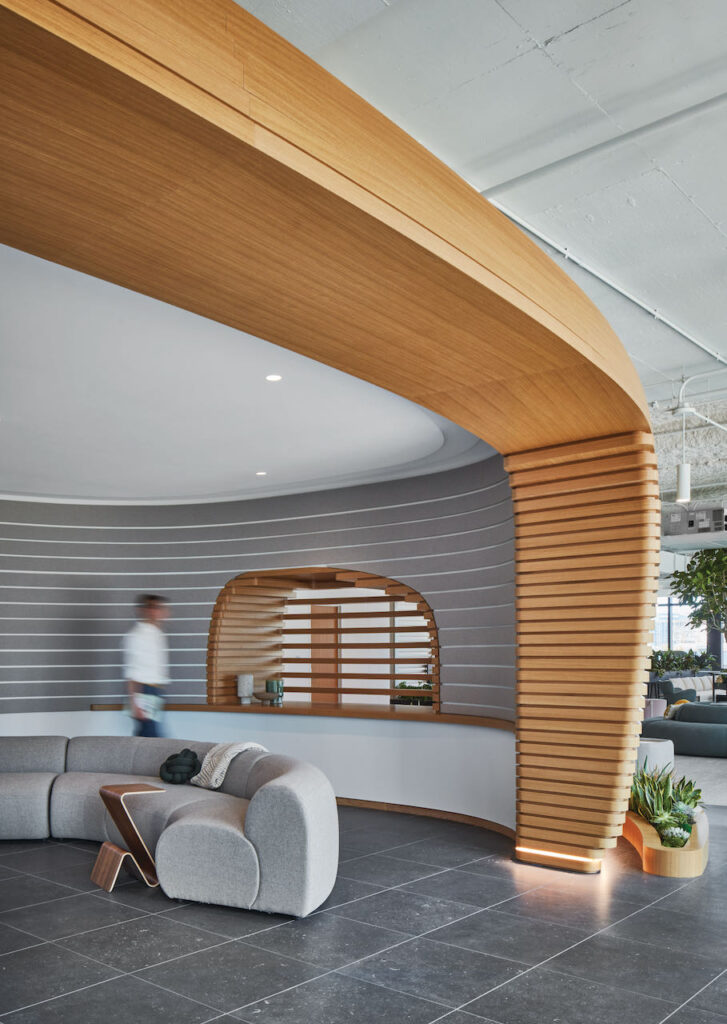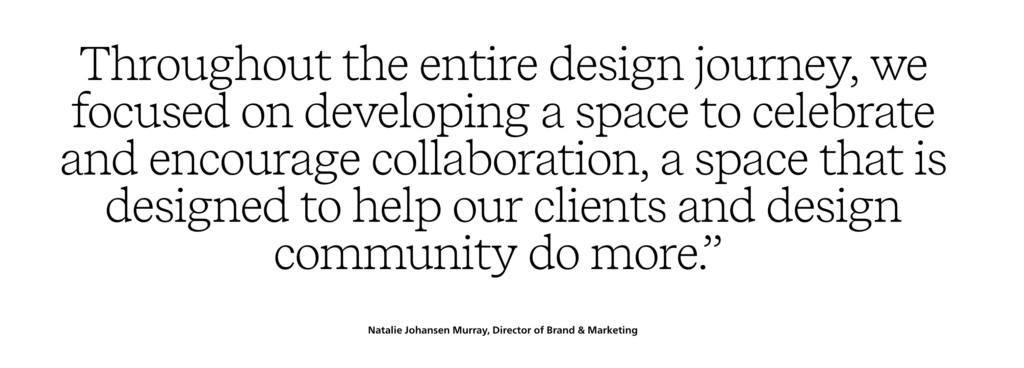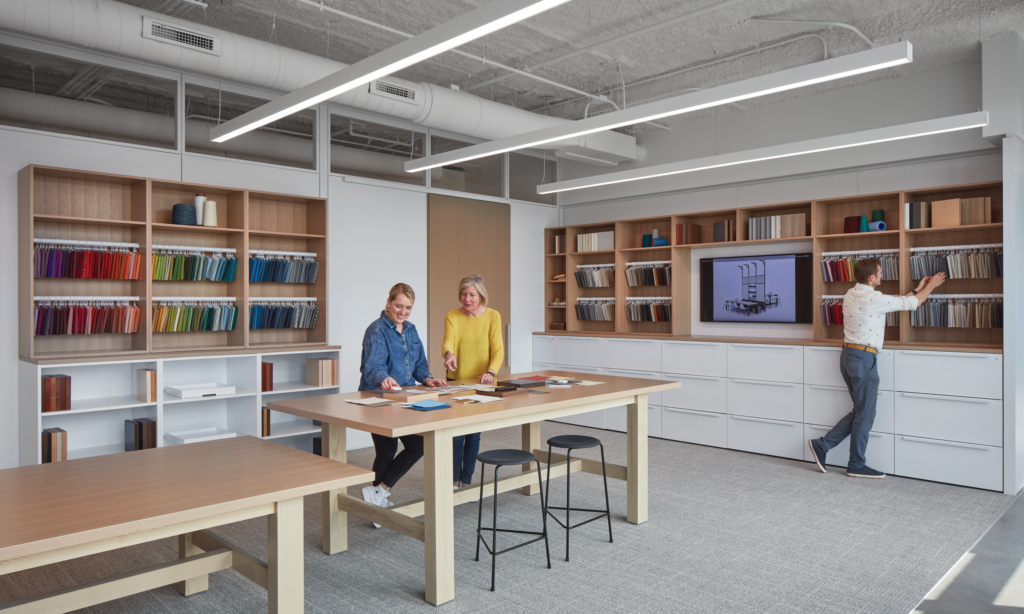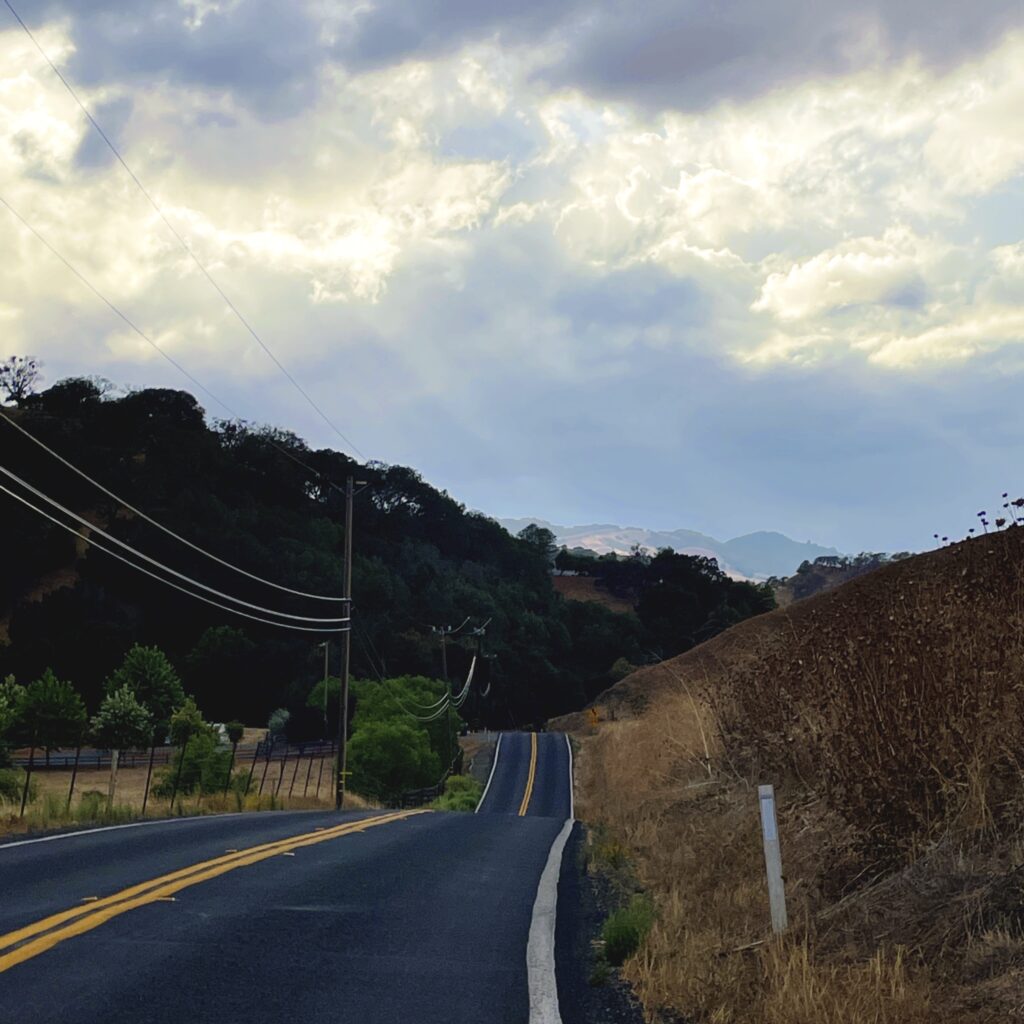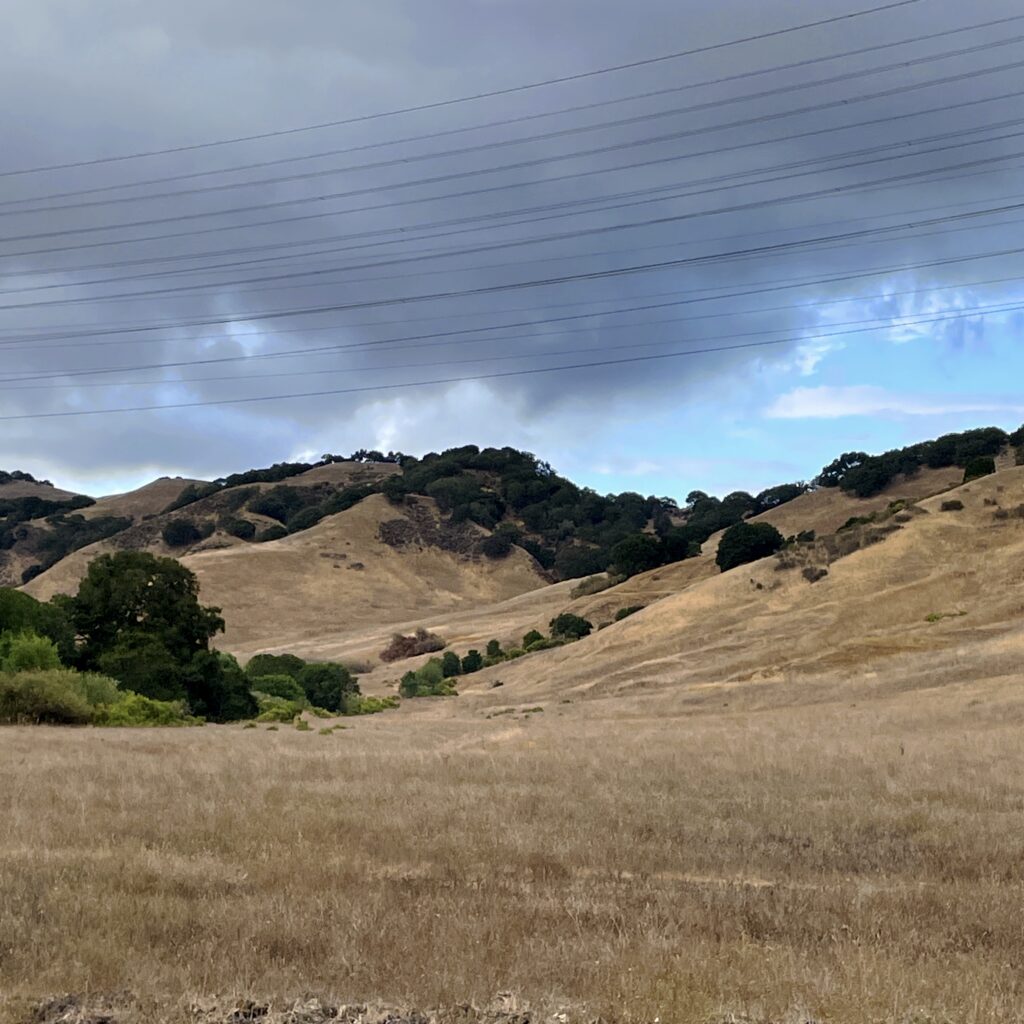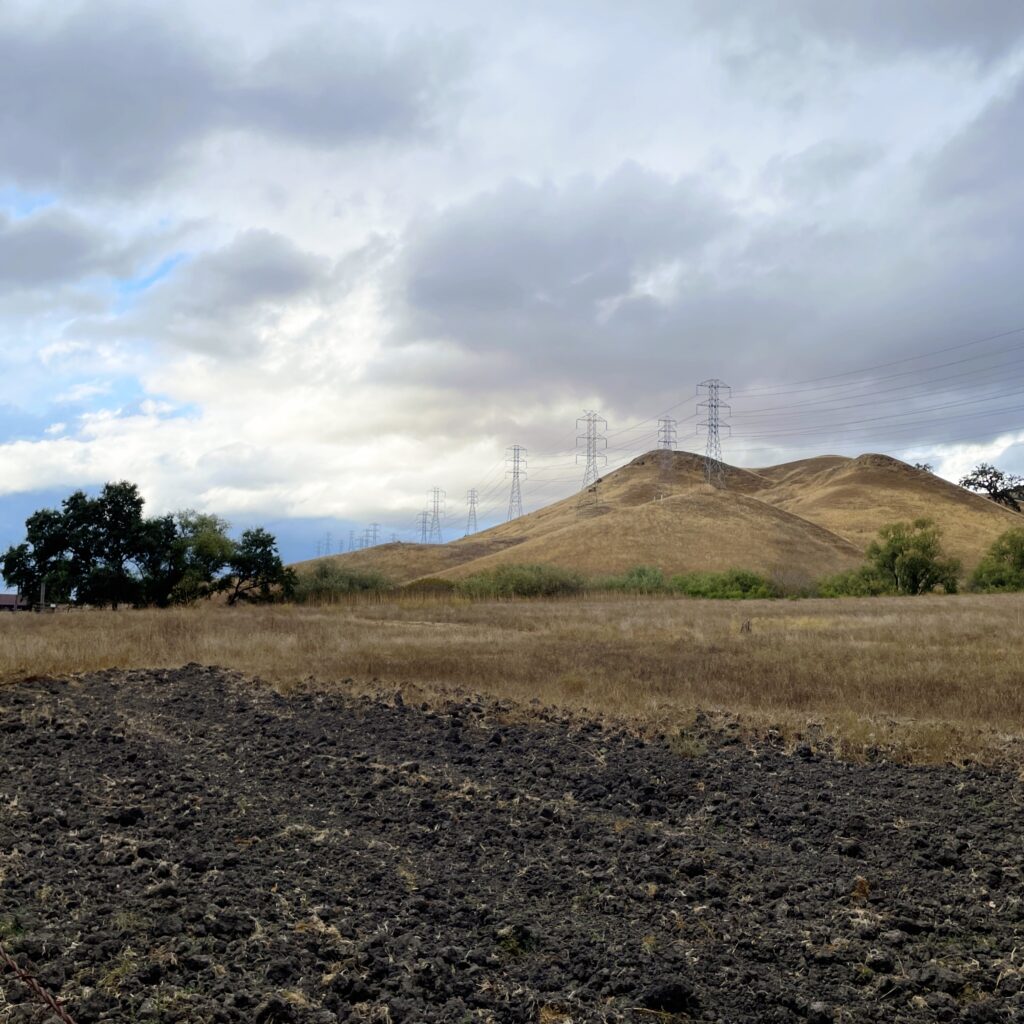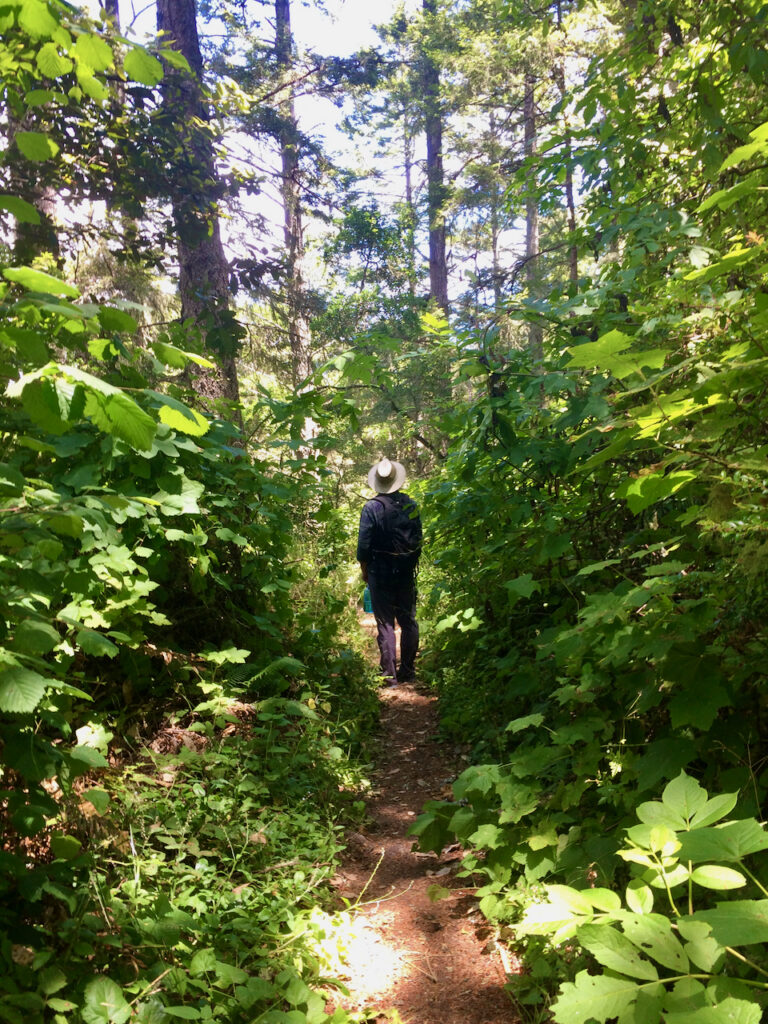It took me almost 20 years from the time I bought a travel book for Québec — so long ago guidebooks were still relevant — to setting foot in the province. But I made it! And while I’m not the most unconventional traveler I do seek experiences that are less tourist-y and, ideally, something you could only do in that place. In Québec City, that experience was Onhwa’ Lumina in Wendake, home of the Huron-Wendat people.
I grew up in Arizona, surrounded by the history and artistry of the Tohono O’odham, Hopi, and Navajo people (among others) as well as their reservations. So learning that Québec has a First Nations reserve just outside downtown was a unique opportunity that could not be missed!
Onhwa’ Lumina is a forest night walk through a series of illuminated stories that celebrate Huron-Wendat heritage. I started out in a crowd, and lagged behind in the early stations so that I could shed the group and have the forest to myself. That had the side benefit of slowing my mind down, seeing past the spectacle and being more fully present. It was a poetic and beautiful experience.
This kind of multimedia site installation is quite difficult to do well and this was even better than expected. Tellement fantastique! After some tiring days, being immersed in the forest and storytelling was exactly what I needed to reset.
This clip is one of the most elaborate pieces, the creation of Turtle Island. In the legend, a sick A’taentsik falls from the Sky World and is saved from falling into the Water World by birds. She lands on the back of the Great Turtle, who calls the Animal Council to help heal her by bringing up earth from around the roots of a submerged tree. The Beaver, Otter, and Muskrat try but fail, and finally a grandmother Toad succeeds and with her last breath deposits earth on the turtle’s back. This forms the foundation of the continent known as Wendat, and life flourishes. This visualization plays out on a rocky hillside, using the terrain as a canvas for the story.
Before nightfall, I had time to explore a nature park along the lovely Saint-Charles River including the waterfall known as Kubir Kouba. This is where two geologic regions meet — the St Lawrence Lowlands and the Canadian Shield. And after that, dinner of a delicious bison short rib at the indigenous restaurant Sagamité.
This was a fantastic evening, one I will always remember.
